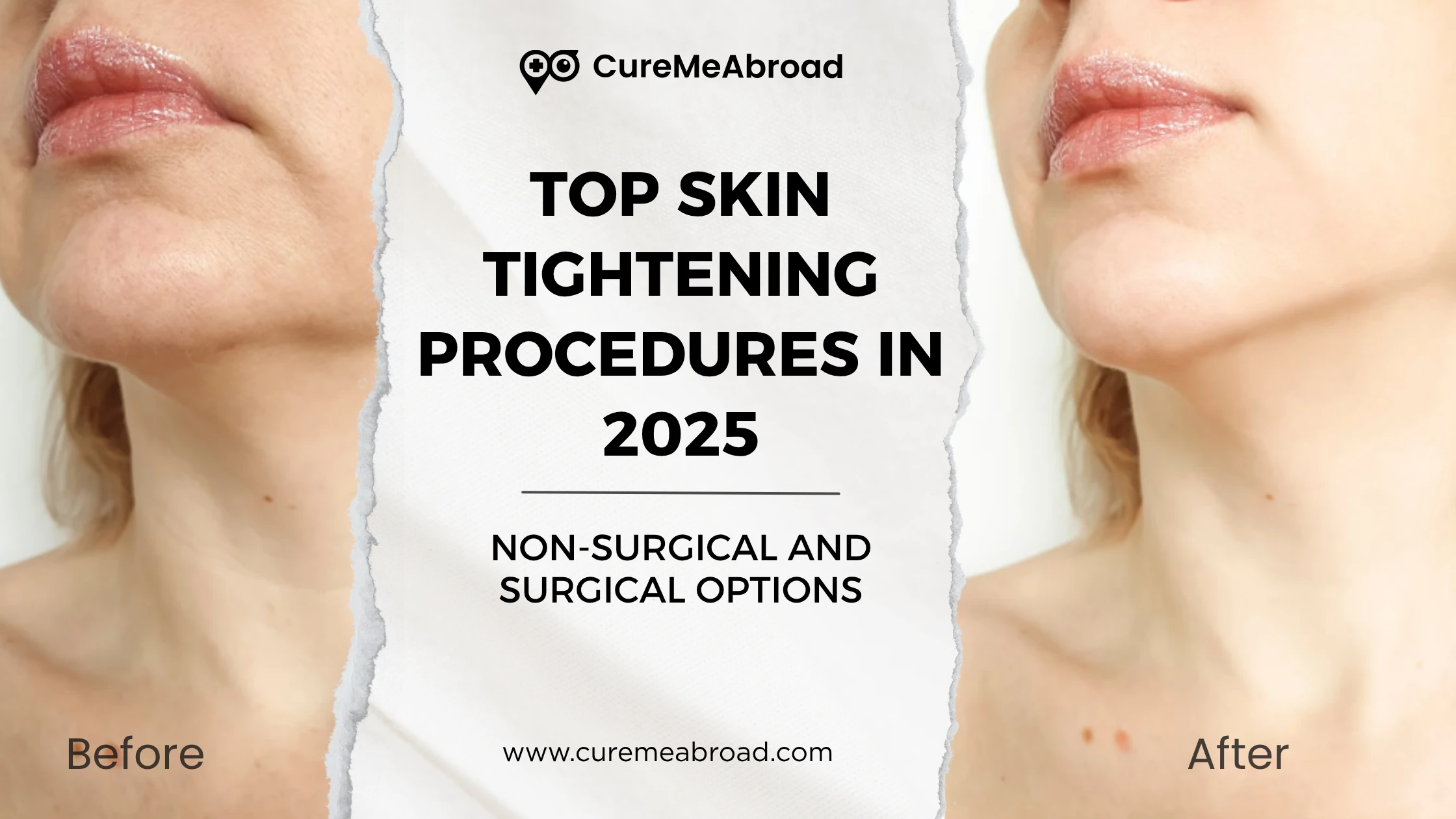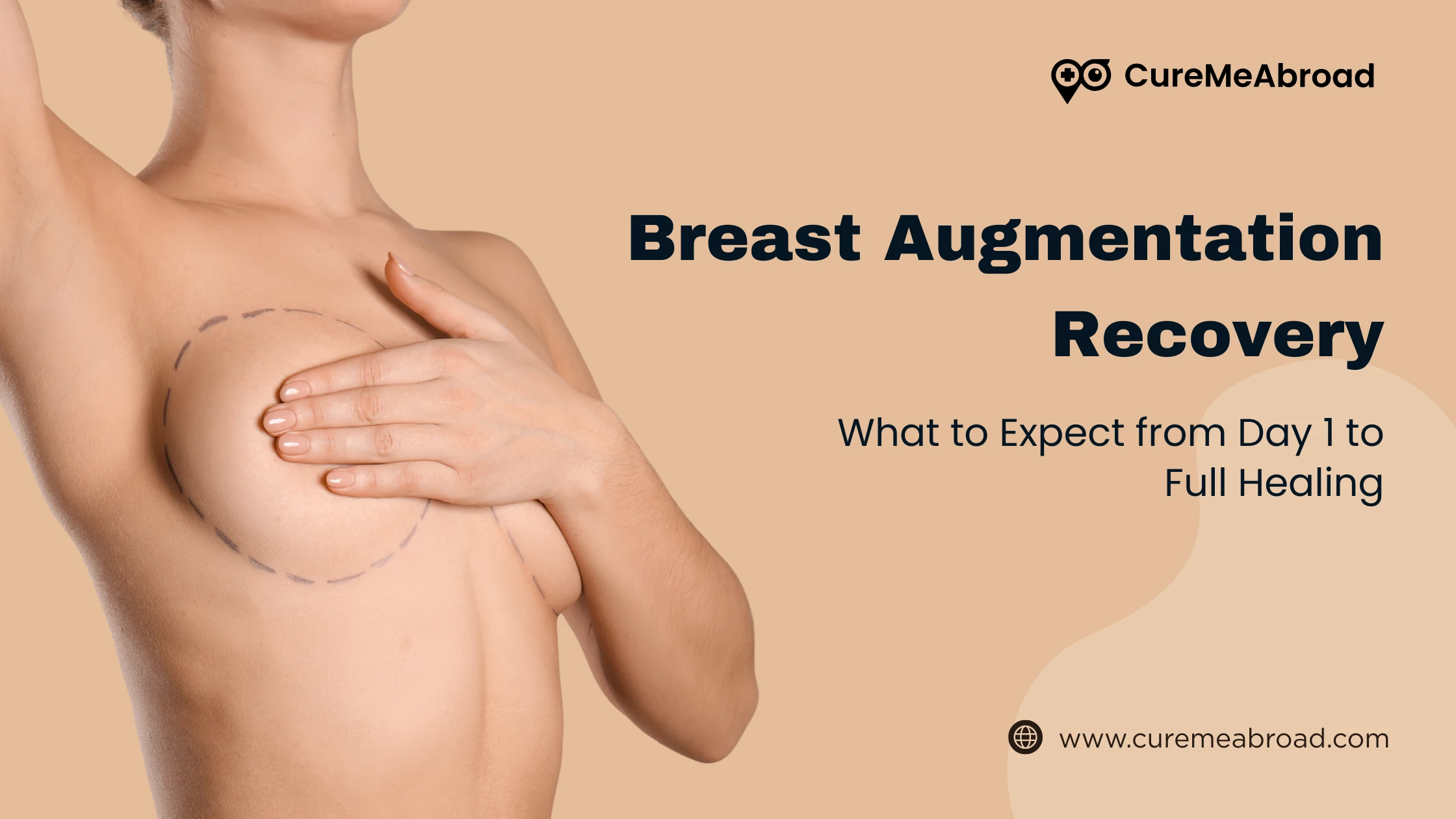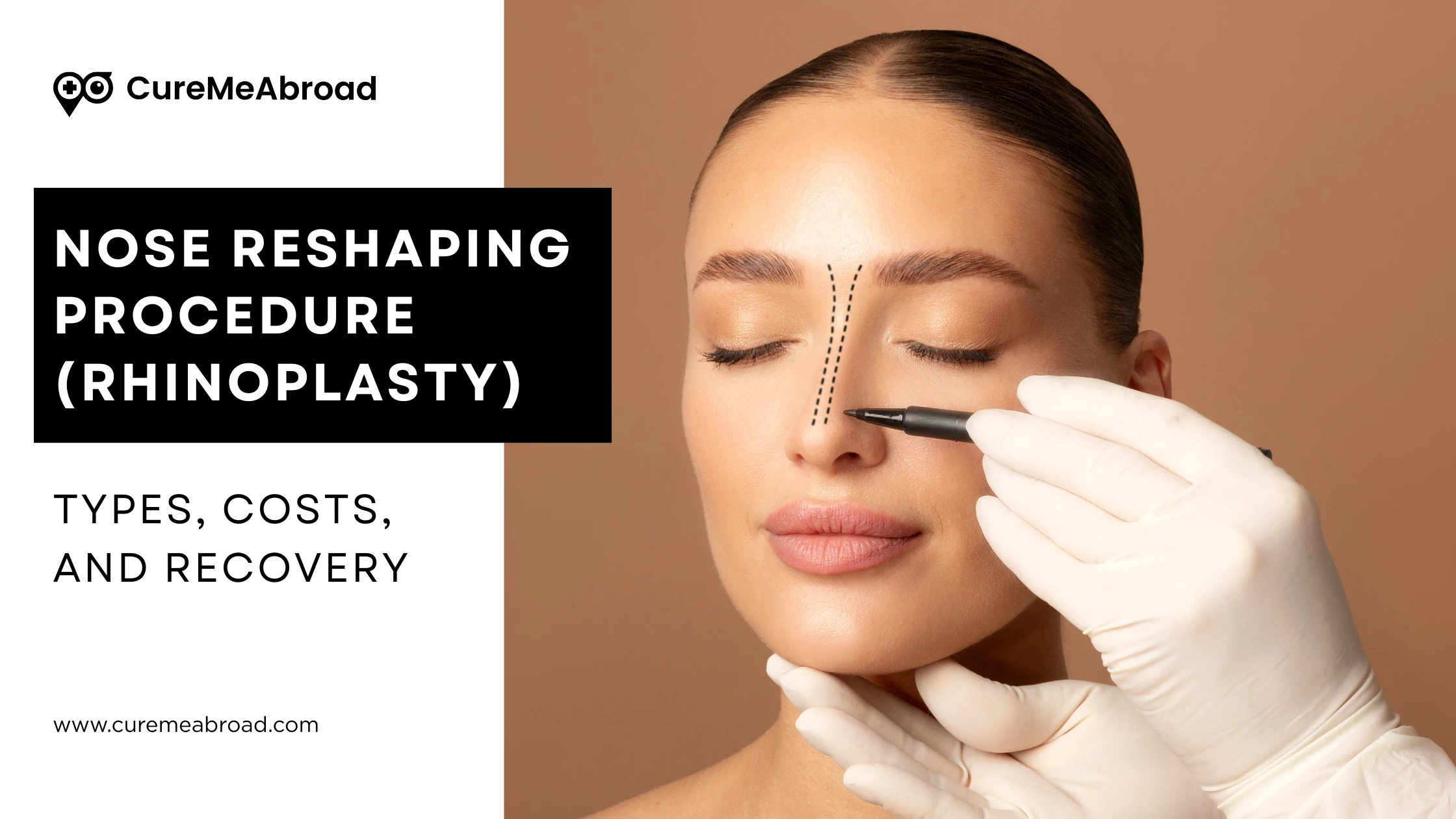The pursuit of youthful, firm, and radiant skin continues to evolve with every passing year. In 2025, skin tightening procedures have become more advanced, accessible, and results-driven than ever before. Whether you’re seeking subtle lift through non-surgical methods or dramatic transformation via surgical interventions, there’s a perfect treatment option to suit every need, age, and budget.
This detailed guide explores both surgical and non-surgical skin tightening techniques, their effectiveness, recovery times, and what you can expect from each. We’ll also help you compare your options with easy-to-read tables and a complete FAQ section.
Understanding Skin Tightening in 2025
Skin tightening is the process of stimulating collagen and elastin production to restore the skin’s firmness and elasticity. Over time, factors such as aging, sun exposure, and weight fluctuations lead to sagging and wrinkles. Modern skin tightening procedures work by targeting the deeper layers of the skin without always requiring extensive surgery.
In 2025, aesthetic technology has achieved a balance between safety and precision. Many patients now prefer combination therapies pairing non-invasive options with light surgical procedures for optimal contouring and rejuvenation.
Non-Surgical Skin Tightening Procedures
Non-surgical procedures have risen sharply in popularity thanks to minimal downtime, affordability, and natural-looking results. These treatments are perfect for individuals who want noticeable improvement without going under the knife.
1. Radiofrequency (RF) Skin Tightening
RF skin tightening uses controlled radiofrequency energy to heat the deeper dermal layers, stimulating collagen retraction and new growth. Devices such as Thermage FLX and Exilis Ultra 360 remain 2025’s leaders due to their customizable energy delivery and consistent results.
Patients typically notice firmer skin texture around the cheeks, jawline, and neck within a few sessions, with results improving gradually over three months.
2. Ultrasound-Based Tightening (Ultherapy and Sofwave)
Ultrasound therapy uses focused sound energy to penetrate deep into the skin’s support layers. Ultherapy and its modern counterpart Sofwave deliver targeted heat zones that tighten and lift facial contours. Since ultrasound energy bypasses the surface, there’s minimal downtime and natural collagen regeneration over 8–12 weeks.
This method suits patients aged 30–55 with early signs of laxity who want subtle yet long-lasting lifting without surgery.
| Procedure | Technology Used | Ideal For | Recovery Time | Average Cost (USD) |
|---|---|---|---|---|
| RF Tightening | Radiofrequency energy | Mild to moderate skin laxity | None to 2 days | $800–$2,500 per session |
| Ultrasound (Ultherapy/Sofwave) | Focused ultrasound waves | Jawline, chin, décolletage | 0–2 days | $1,200–$3,500 per session |
Combination Energy Treatments
3. Laser-Assisted Skin Tightening
Laser treatments, such as Nd:YAG and fractional CO₂ lasers, continue to dominate combination protocols in 2025. These systems deliver controlled thermal injury to the dermis, promoting collagen formation while resurfacing the outer skin layer.
Two to three treatments spaced a month apart yield smoother, tighter results. Laser tightening is preferred for treating sagging cheeks, under-eye regions, and post-weight loss areas.
4. Microneedling with Radiofrequency (Morpheus8, Scarlet RF)
Microneedling RF fuses mechanical collagen induction with thermal energy delivery. Devices like Morpheus8 and Scarlet RF use insulated microneedles that heat precise skin depths. The result is firmer skin, reduced pore size, and improved texture.
This hybrid method in 2025 is often used for facial and neck rejuvenation, as well as the abdomen and thighs.
| Treatment | Energy Source | Key Benefits | Sessions Needed | Downtime |
|---|---|---|---|---|
| Laser Tightening | Fractional or CO₂ laser | Skin resurfacing + collagen boost | 2–3 | 3–5 days |
| RF Microneedling | Radiofrequency and microneedles | Skin texture and elasticity improvement | 3–5 | 2–4 days |
Injectable and Biostimulatory Procedures
5. Collagen Stimulators (Sculptra and Radiesse)
In 2025, injectables go beyond instant lifting they now act as bio-stimulators. Sculptra (poly-L-lactic acid) and Radiesse (calcium hydroxylapatite) encourage your body to produce collagen naturally, resulting in firm, plump, and tightened skin over time.
These injectables are ideal for mid-face, jawline, and temple regions where surgical lifting may not be necessary.
6. PDO Thread Lifts
PDO thread lifting offers an instant skin lift and ongoing collagen production. Threads are inserted beneath the skin to lift and support sagging tissue. In 2025, newer threads with improved biocompatibility and anchor design enhance safety and longevity, with results lasting up to 18 months.
| Injectable Type | Mechanism | Duration | Estimated Cost (USD) |
|---|---|---|---|
| Sculptra / Radiesse | Collagen stimulation | Up to 2 years | $700–$2,000 |
| PDO Thread Lifts | Mechanical lift + collagen boost | 12–18 months | $1,200–$3,000 |
Surgical Skin Tightening Procedures
While non-surgical options are effective for mild to moderate laxity, surgical procedures remain unmatched for significant sagging and excess skin removal. In 2025, these surgeries are safer and more refined than ever before.
1. Facelift (Rhytidectomy)
A facelift tightens underlying muscles, removes excess skin, and repositions fat deposits. Techniques like deep-plane facelifts deliver more natural results with shorter recovery. Many surgeons now combine facelifts with RF-assisted contouring for improved definition.
Average recovery lasts 2–3 weeks, and results can endure for 10 years or longer.
2. Neck Lift
A neck lift complements the facelift or stands alone for treating sagging below the chin and horizontal neck bands. Using small incisions, surgeons tighten platysma muscles and remove redundant fat. The results produce a younger jawline and smoother contours.
| Surgical Procedure | Best For | Recovery Period | Longevity | Average Cost (USD) |
|---|---|---|---|---|
| Facelift | Full facial rejuvenation | 2–3 weeks | 8–10 years | $8,000–$15,000 |
| Neck Lift | Jowls, double chin, sagging | 2 weeks | 8–12 years | $6,500–$10,000 |
Body Skin Tightening Procedures
1. BodyTite and Renuvion
BodyTite and Renuvion combine minimally invasive radiofrequency or plasma energy with micro-cannulas to contract skin and contour fat simultaneously. Commonly used on arms, abdomen, and thighs, these produce notable tightening without full surgery.
2. Tummy Tuck (Abdominoplasty)
For major laxity, particularly post-pregnancy or massive weight loss, abdominoplasty remains the gold standard. In 2025, many surgeons incorporate high-definition liposuction and scar-minimizing closures to deliver sculpted, natural results.
| Body Treatment | Method | Common Target Areas | Downtime | Average Cost (USD) |
|---|---|---|---|---|
| BodyTite / Renuvion | RF or plasma-assisted tightening | Arms, thighs, abdomen | 5–7 days | $4,000–$8,000 |
| Tummy Tuck | Surgical skin removal + muscle repair | Abdomen | 2–3 weeks | $8,500–$12,000 |
Results, Recovery, and Maintenance
After any skin tightening procedures, maintenance plays an important role in preserving results. Hydration, sunscreen use, and periodic top-up sessions are critical. Combining professional treatments with at-home skincare containing retinol and peptides helps prolong firmness.
Patients often begin with non-invasive treatments in their 30s and gradually transition to surgical solutions as natural aging continues. Hybrid strategies are gaining attention in 2025 for instance, pairing radiofrequency microneedling six months after a facelift enhances long-term results.
Choosing the Right Procedure
The optimal choice depends on age, degree of sagging, desired downtime, and budget. Consulting with a board-certified dermatologist or plastic surgeon ensures a customized plan that aligns with your goals.
| Skin Laxity Level | Recommended Procedures | Invasiveness | Maintenance Frequency |
|---|---|---|---|
| Mild | RF, Ultrasound, Laser | Non-invasive | Twice yearly |
| Moderate | RF Microneedling, Thread Lift, Sculptra | Minimally invasive | Once every 12–18 months |
| Severe | Facelift, Neck Lift, Tummy Tuck | Surgical | Long-term (8–10 years) |
FAQs About Skin Tightening Procedures
Q1. How long do skin tightening results last?
Most non-surgical treatments last 1–2 years, while surgical lifts can maintain results for up to a decade.
Q2. Are non-surgical skin tightening treatments painful?
These treatments are well-tolerated, often described as a warm or prickly sensation. Numbing creams are used to enhance comfort.
Q3. What is the best skin tightening treatment for the face?
For mild to moderate laxity, ultrasound or RF microneedling works best. Severe sagging responds more effectively to facelift surgery.
Q4. How soon can I see results after treatment?
Initial tightening can appear within days, but full collagen regeneration usually takes 2–3 months.
Q5. Can I combine multiple skin tightening treatments?
Yes. In fact, combination approaches in 2025 like pairing Sculptra with RF deliver superior, multi-layer lifting and long-term results.
Q6. Are there risks involved?
All treatments carry minimal risks, including swelling, bruising, or redness. Serious complications are rare with trained professionals.
Q7. What’s the most cost-effective skin tightening option?
Radiofrequency and ultrasound-based procedures offer noticeable results at moderate prices with minimal recovery.
Final Thoughts
The year 2025 marks a new era in cosmetic dermatology, blending innovation with personalization. Whether you’re considering RF energy, injectables, or surgical solutions, today’s skin tightening procedures can be tailored to fit any goal. By consulting with an experienced professional and adopting proper post-care, you can enjoy smoother, youthful, and lifted skin that lasts for years.









